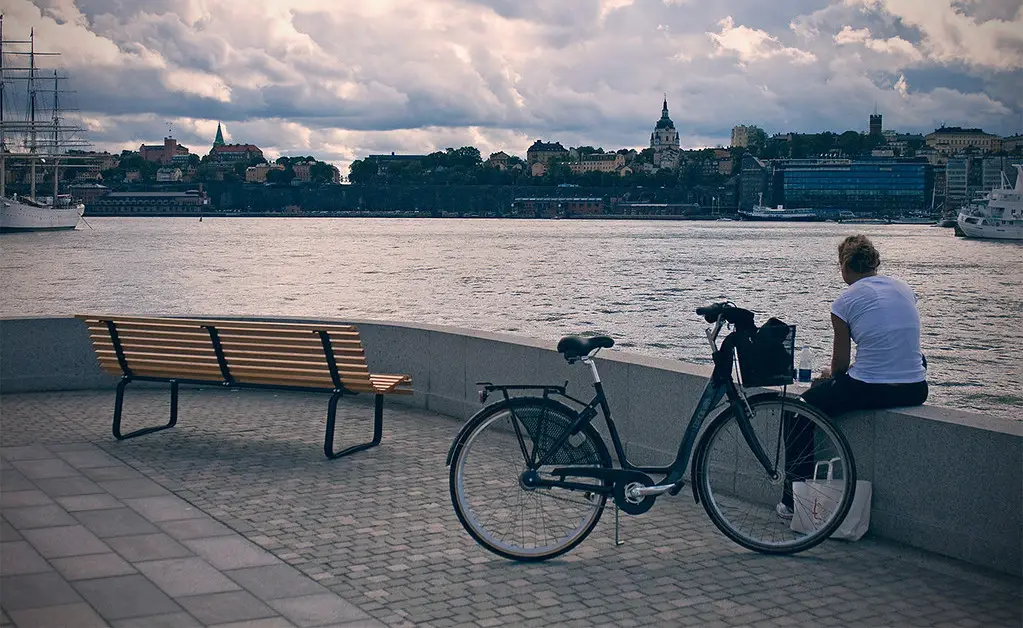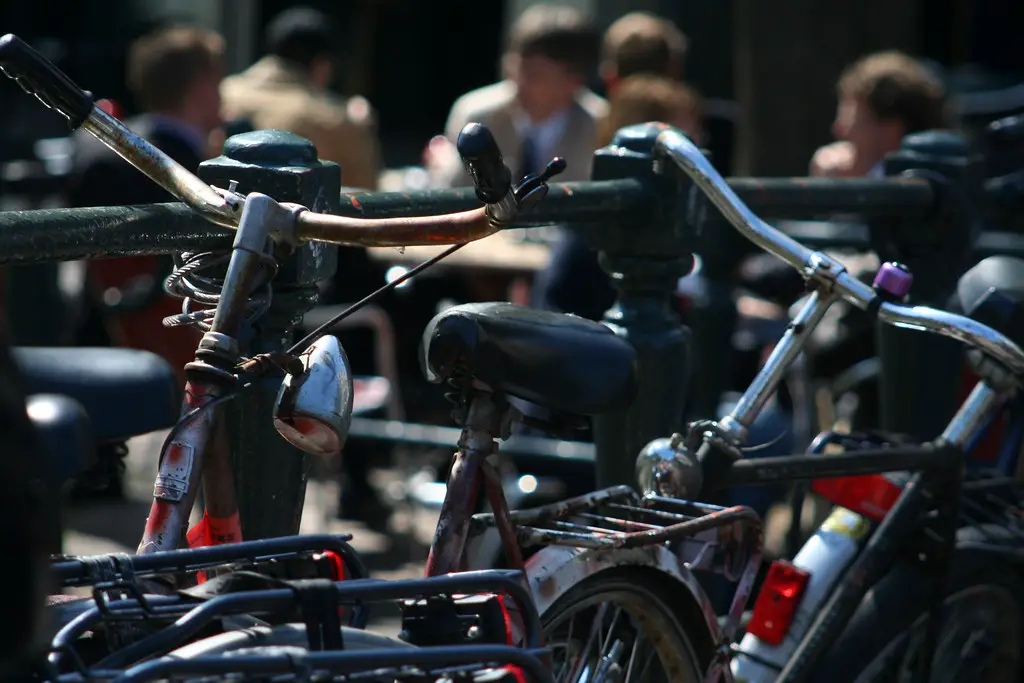A bicycle costs less than a week’s wages in most countries, making it one of the most equitable transport modes. Additionally, most people are either capable of riding a bike, or would be able to ride a bike with minimal practice. This affordability and ease of use makes transportation accessible to a portion of society who have previously been either priced out, or left out as a result of not having the correct skills (or the disposable income to acquire such skills). This brings with it the potential to empower citizens, something which is surely a valuable ingredient in the development of sustainable communities.
Similarly, an urban bicycle network could be considered a positive contributor to sustainable communities if it encourages a broad portion of the community it serves to either begin cycling or cycle more often. In North America and the United Kingdom – two areas with relatively undeveloped bicycle networks – the social distribution of cycling is poor, with young men cycling the most, women far less, and the elderly hardly at all. However, it’s a different story in Denmark, Germany, and the Netherlands, where bicycle networks are much more developed and women are as likely to cycle as men (or more likely, in the case of the Netherlands). So is there a connection here? Can a bicycle network alone lead to more equitable bicycle use?
Copenhagen’s extra-wide ‘conversation lanes’ cater for both leisure and commuter cyclists by providing enough space for cycling side by side, in the same direction. Skinnier adjacent lanes are provided for those in a hurry. This infrastructure caters for cyclists of all abilities, as well as promoting cycling as something social and enjoyable.
However, not all agree that for a bicycle network to be considered an equitable addition to local communities it must encourage users of mixed backgrounds and abilities. Enrique Peñalosa, former Mayor of Bogotá, Colombia, considers the addition of a bicycle lane alone to be a move towards a more equitable society, regardless of who uses it. Viewing a bicycle network as a communicative tool as well as a method for encouraging bicycle use, Peñalosa explains:
A protected bicycle lane along every street is not a cute architectural fixture, but a basic democratic right – unless one believes that only those with access to a car have a right to safe mobility. Quality pavements and bicycle lanes show respect for human dignity, regardless of the level of economic development of a society.
It’s easy to romanticise bicycle use, it can be a pretty empowering experience after all (check out this great contribution by Kasey Klimes, if you haven’t already). Yet despite commenting that bicycle lanes show ‘a citizen on a US$30 bicycle is as important as in a US$30,000 car’, Peñalosa remains focussed on the true purpose of a bicycle network. Provided a bicycle network offers transport opportunities to those who are unable, either economically or physically, to use cars, Peñalosa offers a new interpretation of how equity relates to bicycle networks.
Photo: ibikelondon


